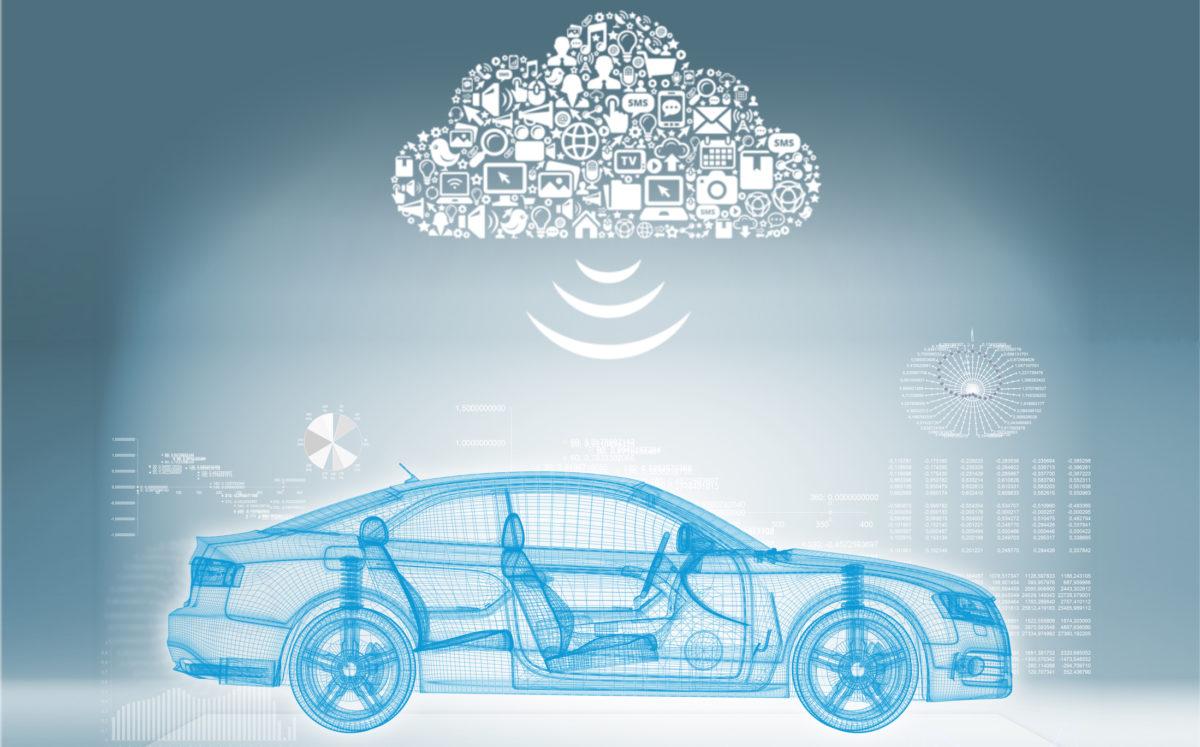Automotive Cloud is at the forefront of these changes as automakers are increasingly relying on cloud technologies to develop modern and connected vehicles. Let's deep dive into how automotive cloud is revolutionizing the automotive landscape.
What is Automotive Cloud?
Automotive Cloud refers to the use of cloud computing technologies in automobiles to enable various connected features. In a nutshell, automotive cloud means storing and accessing vehicle data as well as software applications over wireless networks from remote data centers instead of installing them locally in the vehicle. This allows automakers to develop vehicles that can be upgraded over-the-air with new features and services after purchase.
Benefits of Automotive Cloud
Some of the key benefits that Automotive Cloud brings to automakers, drivers and other ecosystem players are:
Over-The-Air Updates: One of the biggest advantages of automotive cloud is that it enables seamless over-the-air software updates to fix bugs, add new features or improve security controls. This allows automakers to continuously enhance the vehicle experience for customers after purchase as well.
Reduced Development Costs: Cloud technologies help reduce development costs dramatically by avoiding expensive hardware upgrades and facilitating software re-use across models. It also allows automakers to roll out features and applications globally at lower costs.
New Revenue Streams: Automotive cloud opens up opportunities for continuous feature rollout, usage-based pricing and in-vehicle commerce models which can generate recurring revenues for OEMs. It also creates opportunities for third-party developers to create vehicle apps and services.
Personalization and Customization: Cloud connectivity allows personalized vehicle experiences tailored to individual needs and preferences. Drivers can customize infotainment, performance and convenience features based on their profiles.
Data-Driven Insights: Automotive cloud facilitates collection and analysis of large volumes of vehicle usage data which can provide actionable insights into driver behavior, predictive maintenance, and product refinement. This data becomes a valuable asset over time.
Security & Safety: Regular security updates ensured by automotive cloud help fix vulnerabilities and keep vehicles safe from cyber threats. Features like automatic crash notification become possible using vehicle telematics and cloud connectivity.
Enabling New Mobility Models: Cloud technologies are foundational for autonomous vehicles and emerging mobility concepts like vehicle sharing which require complex integration of sensing technologies, high-performance computing and remote operations management.
Applications of Automotive Cloud
Some key applications that automotive cloud enables include:
Entertainment & Infotainment: Streaming music and videos, navigation, digital assistants, personalization of interface and profiles etc.
Telematics & Connected Services: Automatic crash notifications, emergency calls, smart diagnostics, insurance telematics, remote monitoring etc.
Over-The-Air Updates: Regular software updates for fixes, enhancements and new features without visits to service centers.
Vehicle Management: Fleet management, vehicle leasing/rental features like digital keys, trip management, predictive maintenance etc.
Autonomous Driving: Real-time maps/HD maps, navigation assistance, remote vehicle operations, software upgrades for self-driving systems etc.
In-Vehicle Commerce: Digital payments, commerce platforms in infotainment, ad-supported content, integration with smart cities etc.
Challenges of Automotive Cloud
While Automotive Cloud is revolutionizing the automotive industry, there are some pertinent challenges as well:
Security & Privacy: Cybersecurity remains a critical challenge given the sensitive nature of vehicle systems and data. Issues around data privacy and ownership also need addressed.
Network Connectivity: Reliable high-speed connectivity across diverse geographic areas is required. Issues around bandwidth, latency and coverage need to be reliably solved.
OTA Updates: Challenges around regular validation and testing of OTA updates at scale. Issues of compatibility across vehicle versions and models.
Upfront Infrastructure Costs: Setting up the necessary cloud infrastructure, network capabilities and service delivery requires heavy upfront investments.
Interoperability: Ensuring diverse vehicle systems and applications from multiple vendors interoperate seamlessly on the cloud platform.
Legacy Systems Integration: Integrating existing vehicle systems and the new capabilities of automotive cloud seamlessly is challenging.
Data Monetization: Effective strategies are required around who owns and monetizes the vehicle data over its lifecycle. Regulations also need to evolve in some regions.
The Road Ahead
With continuous efforts to solve the challenges, automotive cloud offers a compelling value proposition that most automakers are heavily investing in. Major players are launching their cloud-connected vehicle platforms and strategic partnerships are emerging across the ecosystem.
Some notable trends include consolidation of platforms to standardized automotive cloud solutions. Edge computing complementing cloud capabilities for near-real-time applications. Open cloud architectures enabling third party innovation. Evolution of connected vehicle data specifications and usage guidelines. Tightening of security and privacy regulations.
By 2030, most vehicles are projected to be connected and relying on remote, on-demand access to services and applications through automotive cloud platforms. It will play a defining role in shaping the future of mobility, driving new business models and improving experiences for drivers and passengers alike. Certainly, the rise of automotive cloud is in full swing and reshaping the automotive value chain.
Get More Insights On This Topic: https://www.trendingwebwire.com/the-rise-of-automotive-cloud-the-automotive-industry-is-going/



